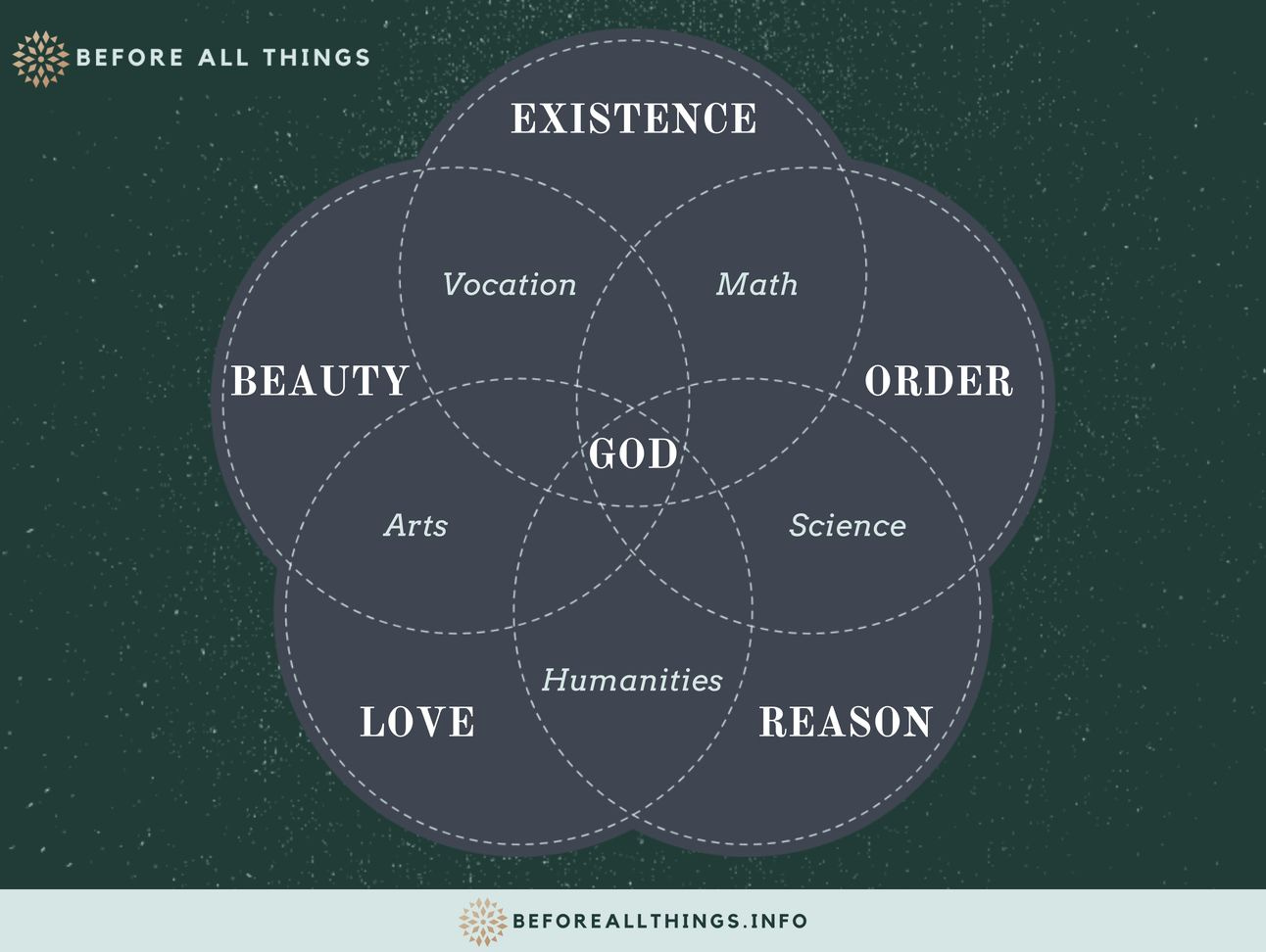The Real Meaning Behind C.S. Lewis's Famous 'Sun' Quote
And the difference between dreaming and waking.
Many people are familiar with C.S. Lewis’s famous line:
“I believe in Christianity as I believe that the Sun has risen, not only because I see it, but because by it I see everything else.”
Less familiar, though, is the context and full meaning of his beautiful statement. The quote comes at the end of an address Lewis gave, titled “Is Theology Poetry?” which is included in his book The Weight of Glory (1949).
In the address, Lewis explains his reasons for rejecting the physicalist view of reality (a type of secular materialism he calls the “scientific point of view”), and accepting Christian theology instead.
His reasons are essentially this: according to Lewis, physicalism cannot explain things like art, beauty, reason, and morality without explaining them away — either reducing them to mere physical phenomena (eg. “your logical inferences are just chemical reactions in your brain”), or dismissing them as illusions of our evolutionary programming (eg. “you only find certain things beautiful because those things helped our ancestors survive and reproduce”). In that sense, physicalism cannot “fit” the realities of these other subjects into its metaphysical purview. Rather, it must deny they are objectively real in order to “explain” them.
On the other hand, according to Lewis, Christian theology can explain (or at least leave room for the reality of) things like art, beauty, morality, and reason, without dismissing them as illusions. In that sense, Christianity can “fit” these other realities into itself.
Here are the last few sentences of Lewis’s address, to understand his full meaning:
“This is how I distinguish dreaming and waking. When I am awake I can, in some degree, account for and study my dream. The dragon that pursued me last night [for example] can be fitted into my waking world. I know that there are such things as dreams; I know that I had eaten an indigestible dinner; I know that a man of my reading might be expected to dream of dragons. But while in the nightmare I could not have fitted in my waking experience. The waking world is judged more real because it can thus contain the dreaming world; the dreaming world is judged less real because it cannot contain the waking one. For the same reason I am certain that in passing from the scientific points of view to the theological, I have passed from dream to waking. Christian theology can fit in science, art, morality, and the sub-Christian religions. The scientific point of view cannot fit in any of these things, not even science itself. I believe in Christianity as I believe that the Sun has risen, not only because I see it, but because by it I see everything else.”
Lewis’s statement about the waking world being judged more real because it can “contain” the dreaming world is a helpful metaphor, I think, for Christian educators. It views Christian theology as “the waking world” — a holistic framework within which other subjects can be rightly understood and pursued.
For instance, from the viewpoint of Christian theology, art is valuable and worthy to be pursued because beauty is objectively real and God made us creative like Him. Likewise, science is possible and worthy to be pursued because God ordered the universe in a rational way and gave us rational faculties to explore it. And so on.
If we were to imagine Lewis’s metaphor visually, it could look something like this:
In the diagram above, everything in the gray circles is part of Christian theology. The five areas of human experience — existence, order, reason, love, and beauty — all have their objective reality in God’s nature. That is to say, God is the source, or foundation, (or “ontological ground,” as philosophers call it) for each of those areas. The subjects typically studied in school: math, science, humanities, arts, etc., explore each area (or a combination of them) and thus explore God in a way.
Lewis believed Christian theology provides the overarching conceptual framework for all other subjects to have a firm basis in reality. Why would he believe that? Because the biblical writers described God in this way: as the source of all existence, order, reason, love, and beauty. The Bible, then, (and historic Christian interpretation of it) provides this overarching framework — what is commonly called a “biblical worldview.”
In future articles, I will elaborate in more detail on each of the five areas (beginning with beauty) to explain how each is based in God’s nature and why it matters for Christian education. I will also offer some practical application for Christian educators.
C.S. Lewis gave us more than a pithy line to quote. His metaphor helps us to imagine Christian theology as “the waking world” — a domain that grounds the human experience of beauty, love, and order in objective reality and dignifies their pursuit. As educators (and students) trying to navigate a fragmented society and education system, Lewis’s metaphor is a refreshing and profound way to think about the “whole truth of things,” a truth as illuminating as the Sun.





